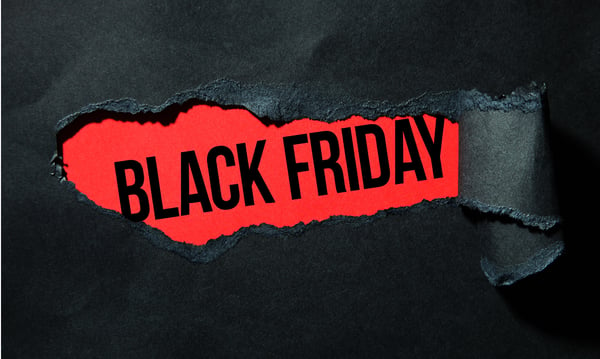Thanks to Covid-19, 2020 has been a year in which e-commerce leapt ahead of all expectations to achieve a decade’s worth of growth in just under nine months. As a result, the novelty of online shopping will have worn off and become a normal part of daily life. More consumers than ever are online not only looking for steep discounts and crazy deals but are also relying on e-commerce for necessities and basics. This holiday season, the Cyber-Five shopping period appears to be on track for moving almost completely online, influenced by skyrocketing Covid numbers, lockdowns and social distancing guidelines, a new level of comfort with online shopping, and a wide array of bargains to incentivize shopping online.
Earlier kickoff -- bigger payoff?
Likewise, consumers have been primed for this since summer, as Amazon delayed its annual Prime Day, pushing it to October, which served as an unofficial kickoff for pre-Black Friday deals. The entire fourth quarter has become a slow-drip online shopping event, particularly as lockdowns across Europe and the United States intensified. Once all is said and done, it will be instructive to see if the longer holiday shopping period led to bigger payoffs or erased the urgency of limited-time sales and created early shopper burnout.
Whether or not shoppers and retailers end up embracing e-commerce for holiday shopping in economically uncertain times also remains to be seen. If we look at China’s Singles Day, happening just a few weeks ago, we can see renewed and enthusiastic consumer confidence and unparalleled levels of spending. Will American shoppers (and other global shoppers) take a page from the Singles Day book, reflecting the recent shifts toward greater optimism in public health/vaccine and economic outlooks? Predictions indicate that spending in the US will be on par with, or slightly less than, 2019’s USD 11.9 billion.
Prepare for anything and everything
Given the uncertainty of 2020 holiday shopping, retailers will have to be even more agile and responsive than ever in being ready for anything.
In particular, a number of consumer surveys conducted during the pandemic reveal that retailers, in addition to the standard Black Friday prep for uptime and scalability, might want to focus on some of the web performance basics and user experience. The entire shopping experience moving online has highlighted some of the continued problems with fundamental issues, including page load time, improving performance for mobile e-commerce and even letting a consumer easily complete a purchase. We try to hammer home the need to address these basic performance problems throughout the year, but it’s worth briefly covering again now that retailers face not just the floods of Black Friday/Cyber-Five traffic but also a sustained volume of e-shoppers.
Naughty, not nice: Basic web performance failures
For e-commerce success, it always comes back to basics. Your pages need to load quickly; users need to easily navigate to what they want; you need to ensure that your site not only stays available during peak times but is robust enough to manage any level of traffic.
- Speed and page load time matter
- Uptime and availability matter
- Optimizing for mobile e-commerce, used more and more frequently to make purchases, is key
- Integrate user-friendly but non-invasive assistive tools, such as chat functions and personalized suggestions, but leave the consumer alone unless they ask for help
Make your list and check it twice: Make sure your basic infrastructure is ready for all of e-commerce’s ups and downs.
/VS-logo-2020-197x60.png?width=136&height=60&name=VS-logo-2020-197x60.png)


